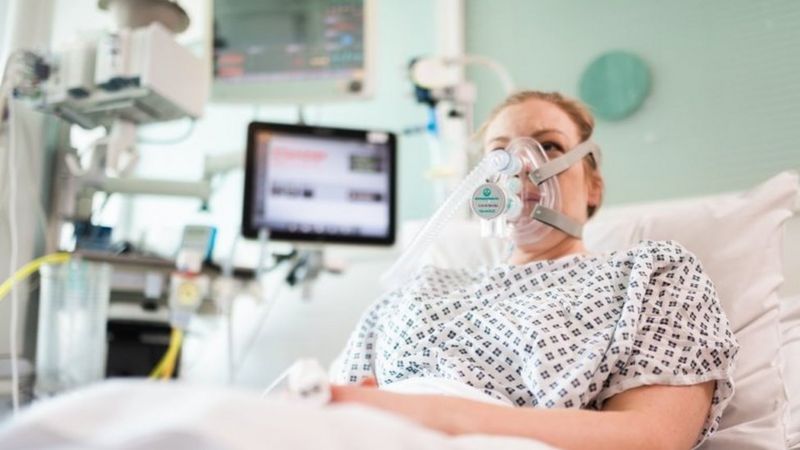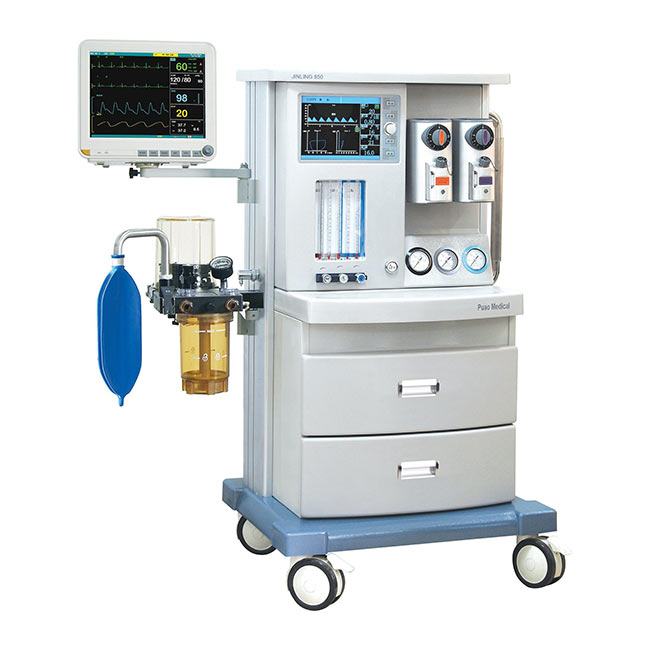
Artificial respiration devices are the most important chance of survival for those infected with Corona, whose condition worsens. In simple words, when the lungs fail or lose a significant part of their function, this device replaces the respiratory system. This gives the patient a chance to fight the infection and eventually recover.
There are two main types of these devices, Ventilator and CPAP. The first type can only be used in the hospital, but the second type can be used at home, except for the hospital, subject to certain conditions.

Considering the strong need for ventilators in intensive care units, many countries, in addition to increasing the production of ventilators, have turned to the production of ventilators to be used for patients who are not very sick but need oxygen therapy. The use of these devices does not require specialized training and placing a tube in the patient’s trachea, so they can reduce the limitations and the need for advanced hospital treatments.
Sanyar laryngoscope video, compared to foreign samples according to experts
According to the World Health Organization, about eighty percent of people infected with the 2019 Corona virus will recover without needing treatment in the hospital, but one out of six people will become seriously ill and may have breathing problems.
In severe cases, the virus damages the lungs. This activates the patient’s immune system and dilates the blood vessels to allow more immune cells to reach the lungs. This can cause fluid to build up in the lungs, which can make it harder to breathe and lower blood oxygen levels. To solve this problem, an artificial breathing device is used to send oxygen-rich air to the lungs under pressure.

This device sends a constant flow of air and oxygen to the patient’s lungs with pressure through the nose or mouth. This is done with pressure so that the lungs remain open and oxygen enters them and breathing becomes easier, especially when the air sacs inside the lungs (alveoli) are lying on top of each other due to disease.
A breathing aid is not like a simple mask connected to an oxygen tank. In this device, the air and oxygen pressure is high, and for this reason, the mask must fit completely around the mouth and nose or the cap on the patient’s head. This method is not like the use of an artificial breathing device, where the patient must be sedated with sedatives and relaxants until a tube is placed in his airway.
But Duncan Young, a professor of special care at Oxford University, warns: “The use of ventilators in patients with infectious respiratory infections should be done carefully, and if the mask is not closed around the patient’s face, there is a possibility that droplets and secretions will spread into the environment. “
Professor Mervyn Singer, a specialist in special care at UCL University in London, also says that the mask of the ventilator should be completely wrapped around the patient’s face or a cap should be used, and the medical staff or the patient’s caregivers should have personal protective equipment.
For people who have milder symptoms, it is possible to use a nose or mouth mask or a cap and oxygen enters the lungs with high pressure. The cap reduces the risk of virus transmission through respiratory droplets.
These are the so-called non-invasive ventilators, that is, a tube is not inserted into the respiratory tract, but usually in the intensive care unit (ICU) for the treatment of acute respiratory diseases, the ventilator is used to keep the blood oxygen level normal.
The use of this device has its own complications and requires specialized training. The treatment staff are familiar with different types of artificial respiration devices in other medical specialties, but they may need help to work with these devices in the intensive care unit. In addition, to use this device, a tube must be placed inside the trachea, which is a specialized work and requires a lot of training.
These devices can harm the patient if they are not adjusted correctly.
Dr. Shandeepan Laha of the British Critical Care Association told the BBC: “Many people with 2019 Corona do not need a ventilator and can be treated with oxygen at home. However, in some cases, a ventilator is the only way to get oxygen to the patient. But one issue is having enough trained personnel for these devices.”
Source: BBC
